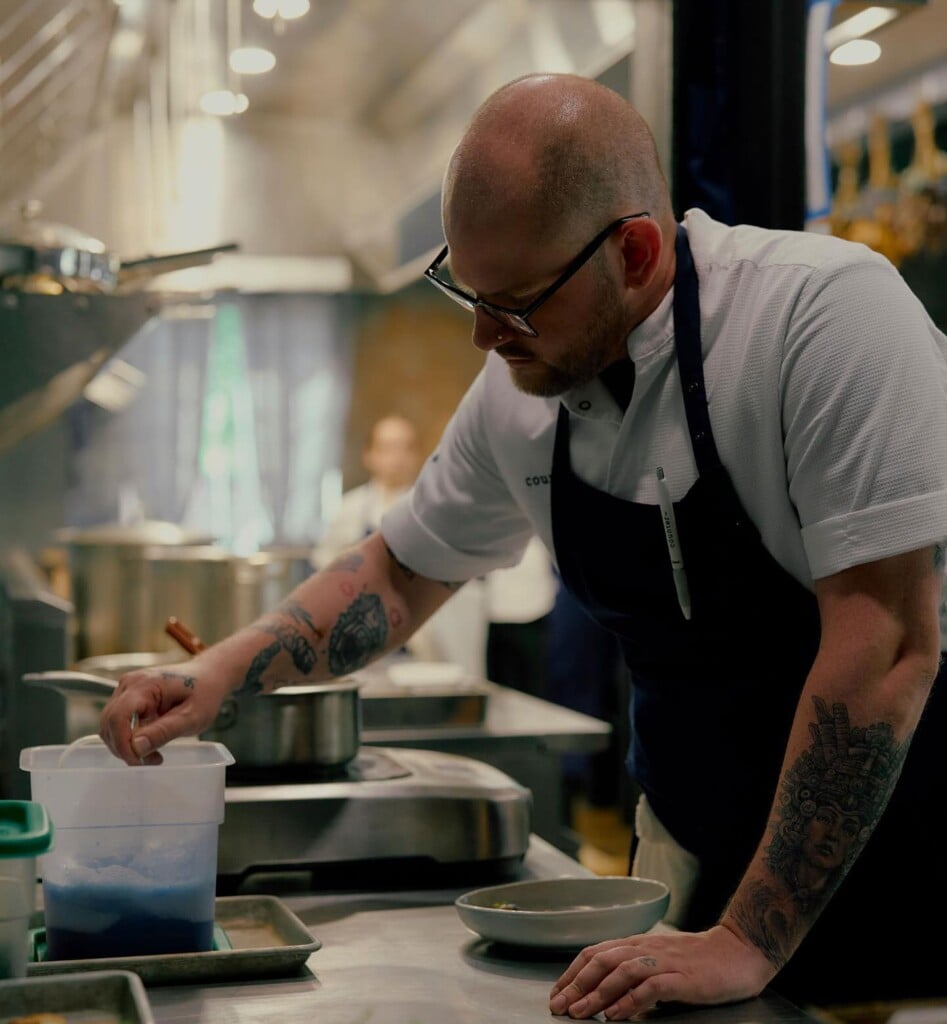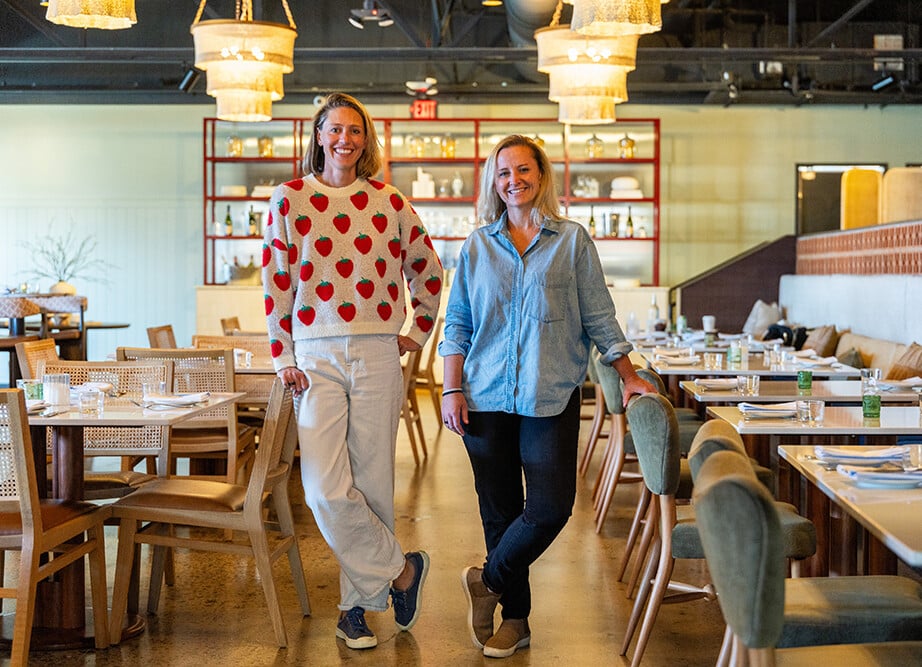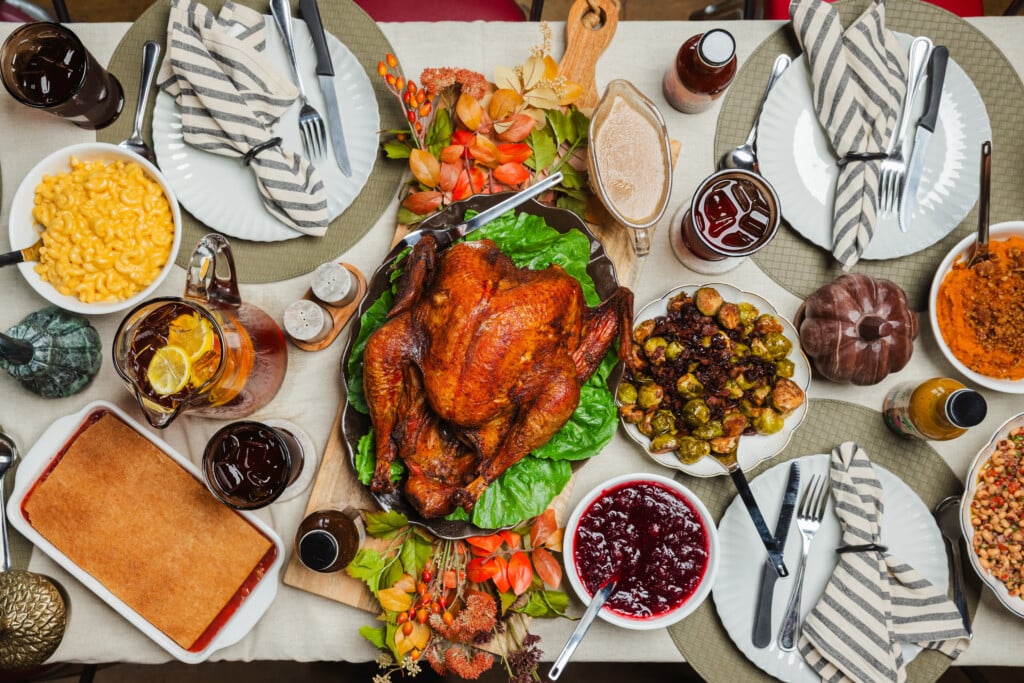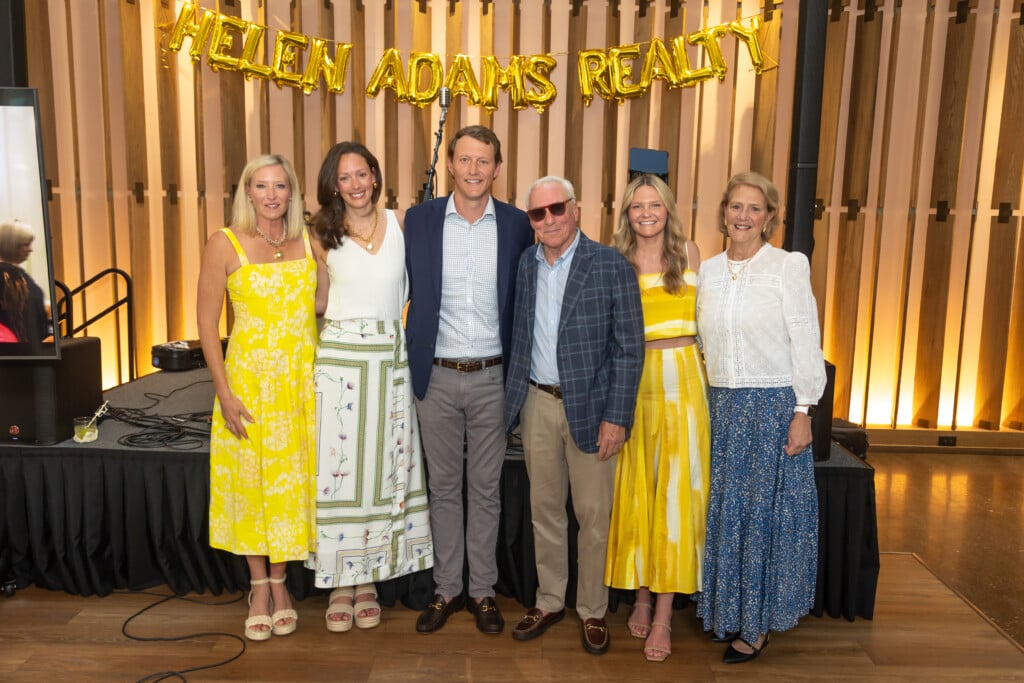The Bulb: Produce Without the Price Tag
The Bulb's mobile farmers markets are nourishing the Charlotte community
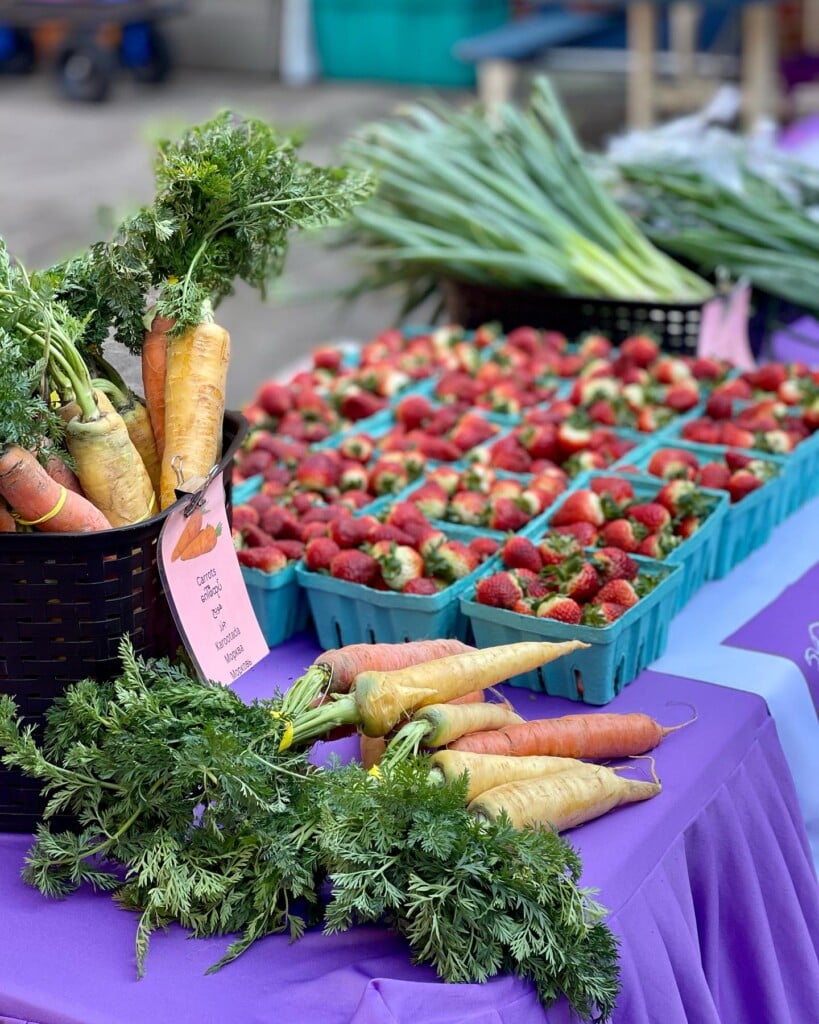
“This is crazy! Good crazy, but crazy!” Lisa Mathews says with a laugh. It’s a sunny March morning, and the interim executive director for The Bulb is a blur of movement as she fills bags with produce at the nonprofit’s newest farmers market. Usually, about 20 guests arrive for a market’s opening day. Today, at the West Charlotte Recreation Center, about 60 have shopped in the first 45 minutes.
“How about some peppers today? Avocados? Collards?” Lisa asks a young man. “Is that enough? Are you sure?”
No food shopping experience, to me, is as lovely as a farmers market. An evening trip to the Plaza Midwood Harris Teeter, where parking becomes a competitive sport, can spike the blood pressure. A morning at a farmers market, however, is pure joy. So it goes here. A nearby speaker plays Whitney Houston, which inspires a little impromptu dancing in line. An elderly woman’s smile peeks over a box of produce that she carries to her car. Kids run on a nearby playground while their parents chat with people they met in line. This is what community looks like.
The Bulb is not the usual farmers market, though. For one, it’s mobile. The Bulb operates from a truck, bringing hourlong markets into 12 food-insecure neighborhoods. Two, this market isn’t about selling but giving. The pricing policy is, “Take what you need, give what you can.”
“Whether it’s 35 cents you can offer that week, or if it is $20 you can offer, or if you say, ‘This week, I really don’t have anything that I can offer,’ there’s no judgment,” Lisa says. “It’s just really about bringing fresh, nutritious produce to the community.”
After loading guests’ bags and boxes, Lisa doesn’t ask for money. She simply thanks them for coming. No one needs proof of need. No one needs a referral. They need only to accept the offer of fresh produce.
Most food pantries offer shelf-stable items like canned beans or dry pasta; offering produce is a logistical and pricey conundrum. The Bulb sources theirs three ways. The first is the produce it grows in its urban farm behind Garinger High School and at the Lomax Research & Education Farm in Concord. The second comes from local farms and gardens. Grants purchase produce from small and midsized farms, and donations share harvests from backyard and community gardens. The third is Trader Joe’s. Each week, the chain donates nearly 3,000 pounds of produce that’s been vetted for freshness yet is unsellable. (An example is a pint of blueberries with a couple of crushed berries.)
Through local partnerships and funding from United Way of Greater Charlotte, The Bulb serves the needs of each community. At the rec center, they work with Historic West End Partners for local outreach. When they set up on the east side at ourBRIDGE for KIDS, an afterschool program for refugee and immigrant families, they create food labels in six languages and bring Burmese, French, and Mandarin translators.
Charlotte’s received well-deserved criticism for its food inequity. In much of west Charlotte, about 15% of households live within a half-mile of a full-service grocery store. Meanwhile, about 87% of households in South End and Dilworth do. Even so, Lisa hopes anyone facing a need, even a temporary one, accepts The Bulb’s offer of free produce.
“Food insecurity can affect anybody. It’s not tied to your ZIP code or any preconceived notions,” Lisa says. “People have struggles across the board, whether it’s the loss of a job, struggles with transportation, or unforeseen costs in health care or child care.”
Food scarcity isn’t just a Charlotte problem, of course. Nearly 54 million Americans lack access to healthy foods, and rising rates of cardiovascular disease, obesity, and diabetes show the toll. Yet in 2021, the U.S. was one of just two countries that voted against a United Nations resolution that accessibility to nutritious food is a human right (180 countries voted in favor). Here, fresh produce can feel more like a luxury good than a biological need.
The Bulb presents an alternate vision: what happens when people believe that everyone deserves healthy food. Just last year, it served nearly 25,000 guests and fed more than 75,000 household members. More than 90% of its guests said they find its markets accessible, and more than 75% said they eat more produce because of them. In line, one woman calls a friend to tell her about the new west-side market. “This is a no-brainer!” she says. “No appointment? It’s free? It’s a no-brainer!”
One of the richest countries in the world struggles to increase access to healthy foods. Yet The Bulb, with an eight-member staff and a truck, shows us what’s possible.
